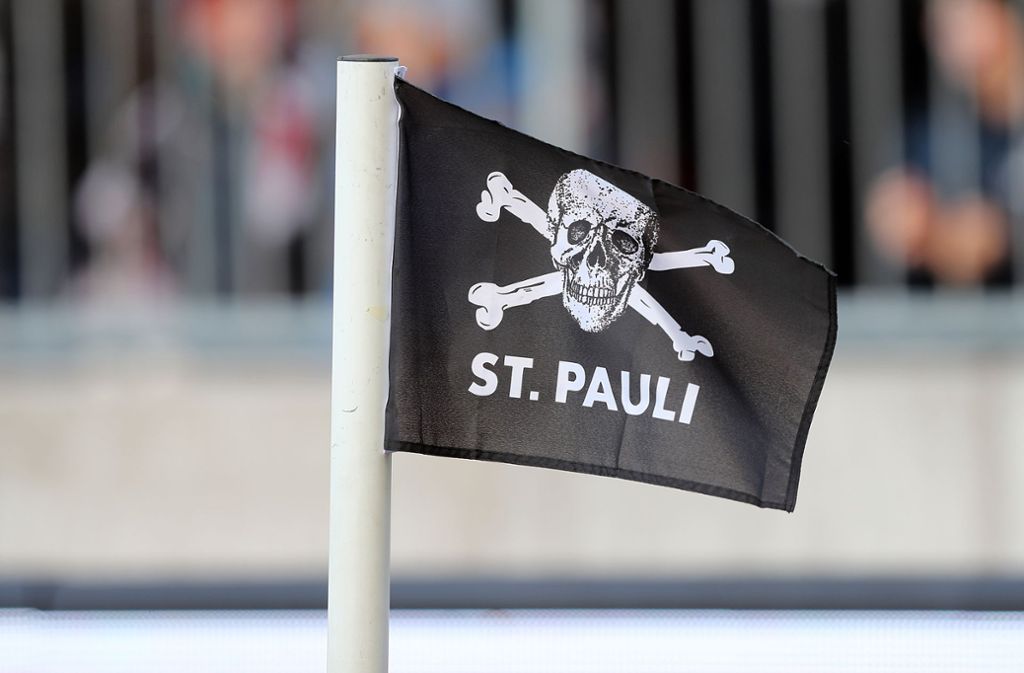

Pauli and Altona districts, while new arrivals also gravitate to this part of the city. A large contingent of Chinese and other Asian immigrants continue to live in the St. The city of Hamburg also hosts the biennial high-level conference Hamburg Summit: China meets Europe, has a major Chinese consulate at Elbchaussee 268 in Othmarschen since 1921, and has Shanghai as a sister city. Pauli Chinatown has been reestablishing itself since the 2010s. Pauli district (around Schmuckstrasse), which was shut down by the Nazis in the 1930s. Since around 1890, it was home to the Chinesenviertel Chinatown area within its St. Hamburg, as a major port city, has very close ties to China and Asia in general. See also: Persecution of Chinese people in Nazi Germany There have been various social issues and conflicts during the last decades, including the Hafenstraße, Rote Flora and Bambule. To this day it is known as the "sinful mile," combining the upper and lower standards of entertainment, from musicals, theaters, to bars and clubs, as well as the most known red light district. Pauli was mainly used by sailors for entertainment during their stay in Hamburg and Altona. Pauli at the end of the 17th century the city government moved workhouses and ( pestilence) hospitals out of the city to 'Hamburger Berg,' which later was named after its still existing church, 'St. When people were officially allowed to live in St. Pauli's most famous street Reeperbahn, or "Rope Walk," harkens back to its rope-making past. Furthermore, the rope makers (or 'Reeper' in Low German) were placed here because in the city it was hard to find enough space for their work. Therefore, settlement was initially allowed there, but soon businesses, which were desired inside neither Hamburg nor Altona, e.g., for their smell or noise, were relegated to 'Hamburger Berg'.

The name comes from a hill in that area that was planned by Hamburg in 1620 for defense reasons (free field of fire for the artillery). At the beginning of the 17th century it developed as a suburb called 'Hamburger Berg' (Hamburg mountain) outside the gates of the nearby city of Hamburg and close to the city of Altona.


 0 kommentar(er)
0 kommentar(er)
